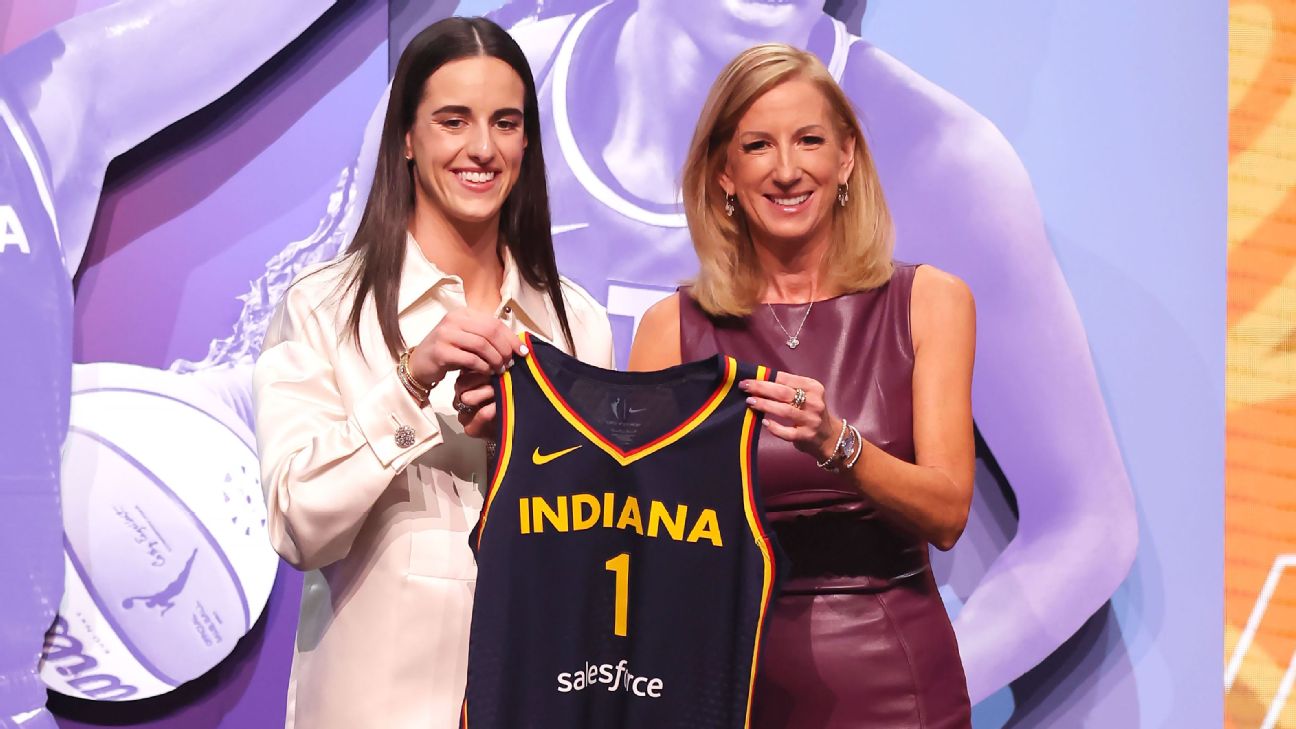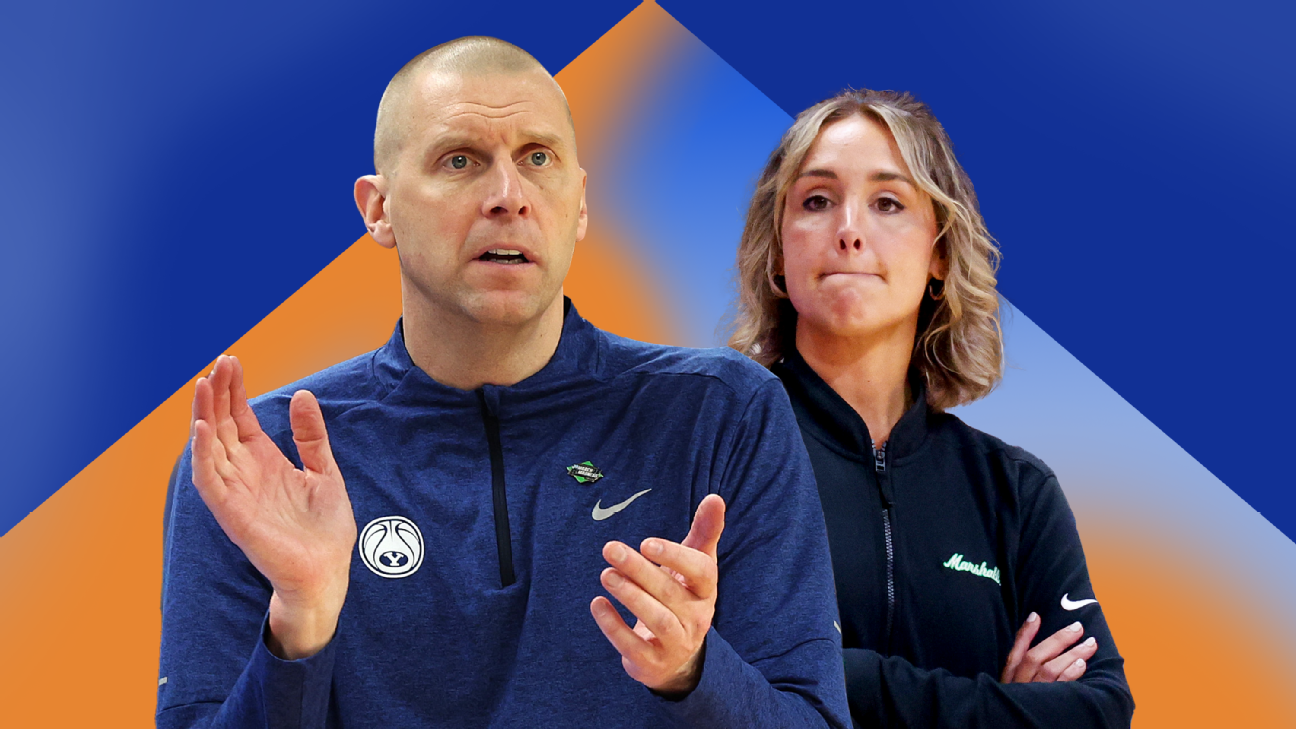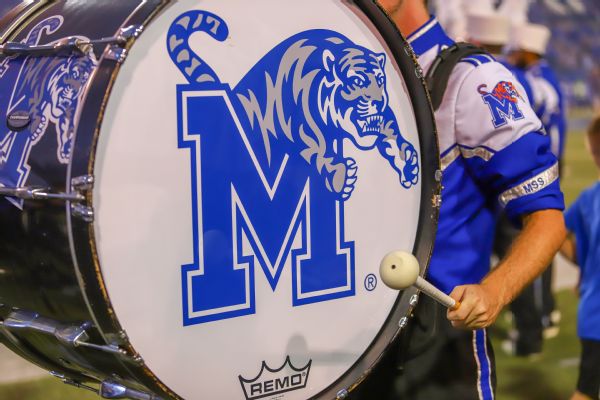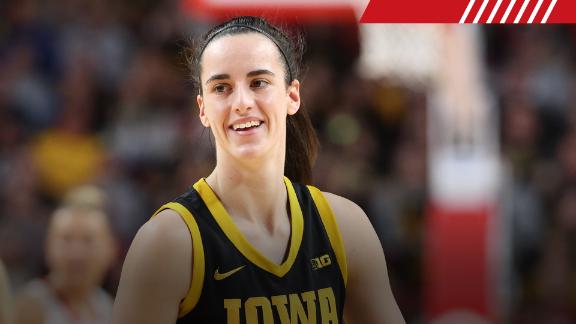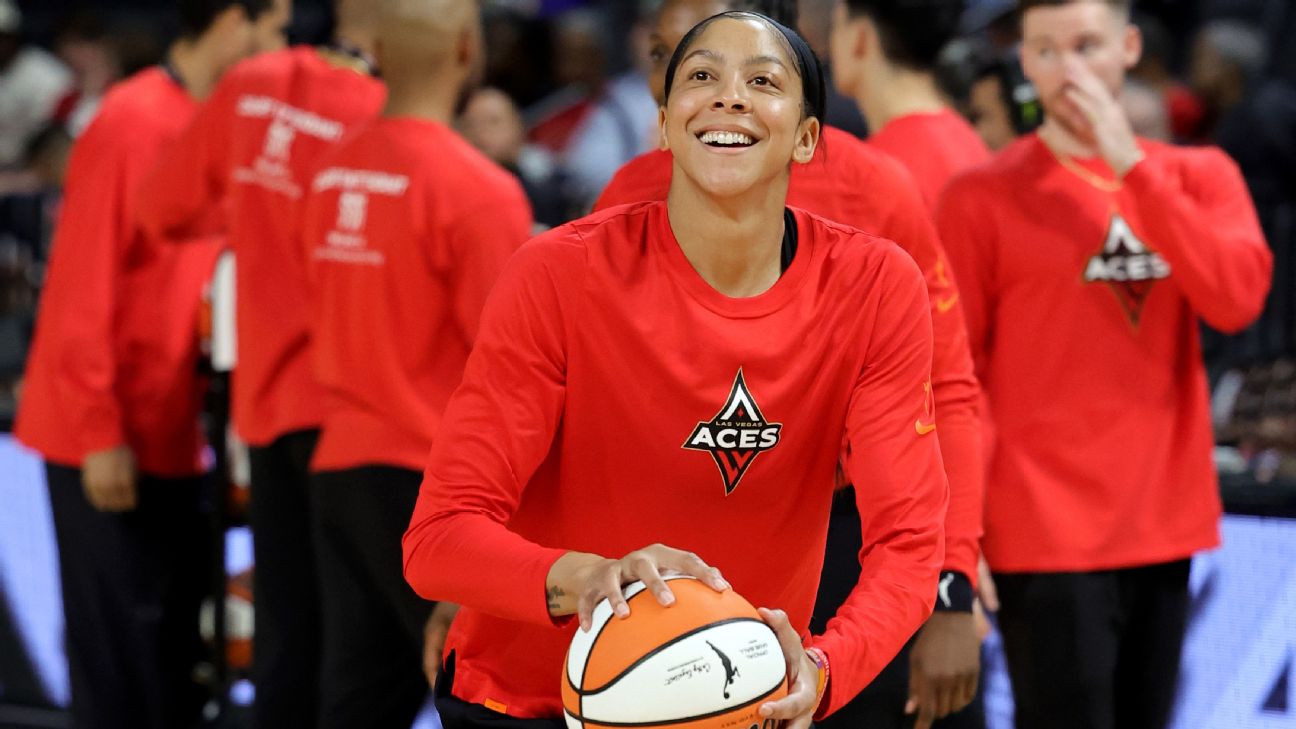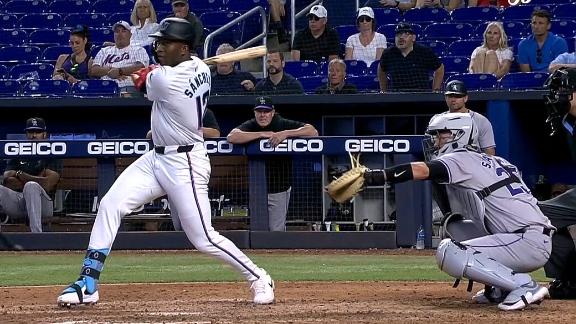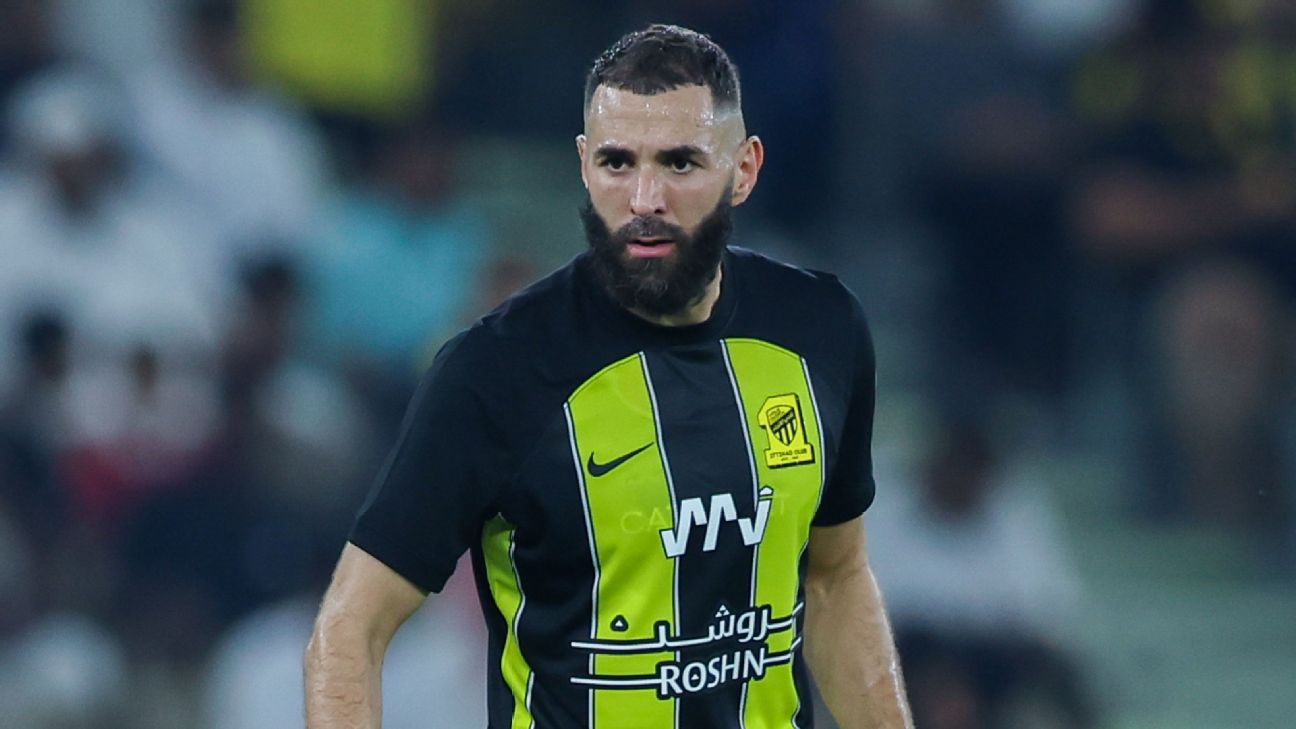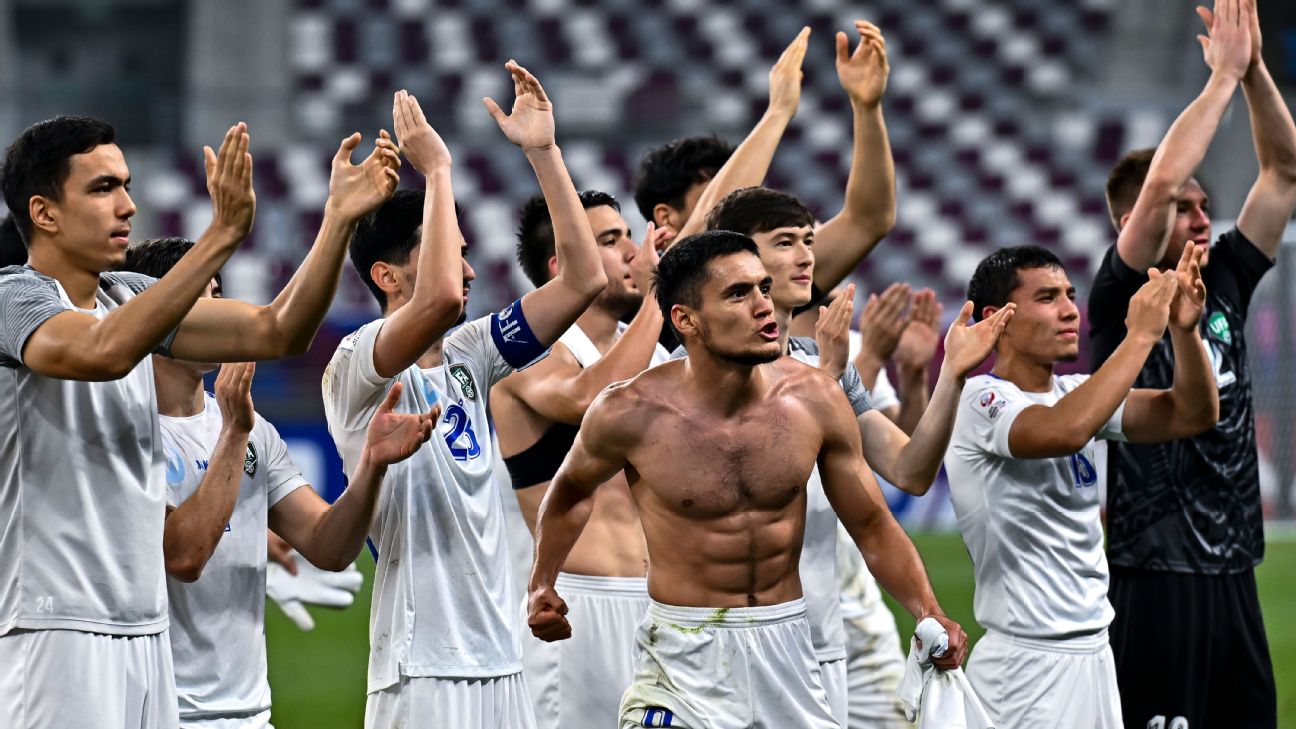![Shai Gilgeous-Alexander [608x342]](https://a.espncdn.com/photo/2024/0419/r1320923_608x342_16-9.jpg)
Fantasy baseball forecaster Pitcher projections for the next 10 days
It's time for Part II of our awards column -- the All-NBA, All-Rookie and All-Defensive teams. Here is Part I -- with MVP and all the individual awards -- if you missed it Thursday.
ALL-NBAFirst team
Luka Doncic, Dallas Mavericks
Shai Gilgeous-Alexander, Oklahoma City Thunder
Nikola Jokic, Denver Nuggets
Giannis Antetokounmpo, Milwaukee Bucks
Jayson Tatum, Boston Celtics
Second team
Jalen Brunson, New York Knicks
Kawhi Leonard, LA Clippers
Anthony Davis, Los Angeles Lakers
Kevin Durant, Phoenix Suns
LeBron James, Los Angeles Lakers
Third team
Anthony Edwards, Minnesota Timberwolves
Stephen Curry, Golden State Warriors
Devin Booker, Phoenix Suns
Tyrese Haliburton, Indiana Pacers
Jaylen Brown, Boston Celtics
• The first four spots are a given. The final first-team spot came down to Tatum, Brunson and Davis. I had Brunson fifth -- over Tatum -- on my (theoretical) MVP ballot. Flipping them here reflects the difference in what the respective awards symbolize -- and the power of that pliable word "valuable."
Factoring in Tatum's superior defense, the two had more or less equal seasons. Brunson had to do a bit more heavy lifting on a less talented team that lost three starters to injury for much of the season. That's where valuable came in on the MVP ballot.
Remove team context and Tatum's size and positional versatility -- plus his track record -- make him a slightly better overall player. That's what matters most for All-NBA. Team success factors in too. Boston ran away from everyone; if it's close -- and it is -- it deserves the last first-team spot.
• The first four spots on the second team -- Brunson, Leonard, Durant, Davis -- were pretty easy. I suspect a lot of voters will have Edwards on the second team, shoving LeBron to third team. That's fine. Minnesota finished nine games above the Lakers with only one player -- Edwards -- in the thick of the All-NBA conversation, though Rudy Gobert merits at least a look for third team. Minnesota's offense fell off a cliff when Edwards rested. He's more explosive and better than LeBron defensively. The Wolves outscored opponents by 7.3 points per 100 possessions with Edwards on the floor -- almost double the Lakers' plus-3.8 margin in LeBron's minutes.
The full case for Edwards over LeBron wobbles from there. They averaged the same number of points. LeBron has him in most other categories. The shooting numbers are not close. LeBron hit 54% overall -- 41% on 3s and 59% on 2s. Edwards shot 46% -- 35.7% on 3s, 51.5% on 2s. LeBron is tiers above Edwards as a playmaker, which is to be expected given Edwards is 22 and LeBron is one of the greatest playmakers ever.
Edwards is a slightly better defender and takes more taxing assignments. But there are still holes in his defense -- see the next awards category -- and LeBron is probably a little underrated on that end at this point. He's old (have you heard?) and not physically the same, but he's still imposing. He's big. He knows where to be and when. Opposing ball handlers know what he is capable of when he revs the engine. There is a fear factor there, still.
It's fair to question the 46-win Lakers getting two players here when several superior teams -- the Nuggets, Thunder and Wolves -- nab only one spot apiece. But the numbers for James and Davis are undeniable. The Lakers by season's end were a good team. Some teams are top-heavy. The Wolves won with defense more than anything -- a collective effort that radiated outward from Gobert.
• Edwards slides to the third team. The rest of it was agonizing, though spots two and three gradually came into focus. Booker has to be on here: 27, seven dimes, rugged defense and solid shooting numbers -- 49% overall, 36.4% on 3s and 55% on 2s. The Suns outscored opponents by six points per 100 possessions when Booker played without Durant. (They won the Durant-on/Booker-off minutes too.)
The Suns getting two guys is fine. They won 49 games. Beal missed a third of the season. Their depth did not pan out as planned. Booker and Durant had to do a ton every night for this team to win. Booker missed 14 games, but he played so much when available -- about 36 minutes per game -- that he's in the right minutes ballpark to snag a spot.
With about 10 games left, a lot of folks wondered if Curry was going to miss the All-NBA ballot altogether -- once unthinkable. I bet he makes it, but it might be close. He slumped toward the end, and the Warriors -- despite a 27-12 finishing kick -- could never extricate themselves from No. 10.
But even in a down year, Curry averaged 26 points and hit 40.8% from deep on almost 12 attempts per game. Curry's game will always transcend numbers. He takes 12 3s per game, but the way he moves -- always bobbing and weaving, searching out open pockets -- almost creates the effect of Curry taking 30 3s per game. He's not always shooting, but he's always a threat to shoot -- and always changing locations. That roving gravity is like nothing the league has ever seen. Curry alters the shape of opposing defenses with every step, stretching and bending them until fissures open. James Harden boasted of being "the system." Curry has always been a system unto himself. The very sport is different when Curry is on the floor. The Warriors were rudderless and utterly nonthreatening -- vanilla -- without him. He's in.
• True agony set in with the last two spots. They came down to Haliburton, Brown, Domantas Sabonis and Paul George -- with Tyrese Maxey and De'Aaron Fox just a tick behind those four. (I gave serious consideration to two-dozen players beyond those six -- including Victor Wembanyama -- but those six alone really comprised the final group.)
There is no good way to do this. Sabonis is a brutal snub. He played all 82 games and finished second -- behind only DeMar DeRozan -- in total minutes. He led the league in rebounding. He averaged 8.2 dimes -- ridiculous for a center, even in the age of Jokic. He can be the hub -- or at least the co-hub -- of a very good NBA offense.
His unrelenting nature -- his blunt physicality and tireless pushing of the pace -- is really valuable in the regular season. He is a pain to play against. If you are not on point -- if you're tired, banged up, just not into it that night for whatever reason -- Sabonis mows through you. He is into it every night.
But he is not a superefficient scorer when he has to create for himself without an advantage. Sabonis would have a much easier time manufacturing his own offense were he a better jump-shooter -- if defenders had to press him further from the basket. He launched a little more this season, but he's a below-average and often reluctant shooter on long 2s and 3s.
The Kings got mauled all season in the minutes Sabonis played without Fox. Opponents outscored the Kings by almost six points per 100 possessions in those minutes -- a really big number for a player of Sabonis's stature, even when you factor in the Kings' lack of top-level shot creation beyond Fox. The Celtics were better with Brown off the floor, but they still won the minutes he played without Tatum by 8.4 points per 100 possessions.
Sabonis is a below-average defender with limitations as a rim-protector. He makes up for a lot of that with smart footwork, sheer effort and pointy-elbowed rebounding. He needs a slightly more particular environment around him to achieve high-level team success. I suspect if you put Brown, George, Haliburton and Sabonis in "build a championship team" draft, Sabonis would go No. 4 -- which, again, is not some insult. Sabonis might be player No. 16 on this theoretical All-NBA ballot. That's pretty damned great.
• Haliburton was never the same after returning from a hamstring injury in late January, but in the 33 games before that setback he played at a first-team All-NBA level. He was one of the three or four best offensive players in the league -- the undisputed conductor of the league's No. 1 offense for much of the season.
In the second half of the season, Haliburton was merely good. That nets out to one of the final All-NBA spots. For 33 games -- not quite half the season, but not far from it -- Haliburton reached higher heights than any of these candidates. It's not as if it totally wilted after that, either. He had some peppier games down the stretch as Indiana clinched a playoff spot. The Pacers finished No. 2 in points per possession and were miles better on offense with Haliburton on the floor. He sneaks in.
• I went back and forth between Brown, Sabonis and George for the last spot. Advanced metrics continue to say Brown is the wrong choice. They likely frown on Brown's precarious playmaking. Even in his most stable passing season, Brown averaged 3.6 assists (about tied with George and way behind Sabonis) and 2.4 turnovers -- a ho-hum ratio for an All-Star wing. George is the superior playmaker, even if the assist numbers don't reflect that this season; he was the third ballhandling option in a slower, more hierarchical offense. Brown was the second option in a more egalitarian system.
George hit 41% on 3s; Brown was around league average -- 35.4%. George is a splendid all-around player. He averaged 22.6 points, just behind Brown. (Sabonis averaged 19.4.)
But Brown nailed a hefty 57% on 2s, compared to 52% for George. Beyond that, Brown after a shaky first month calibrated his game to be precisely what the Celtics needed him to be. He improved his shot selection, got off the ball more readily and dialed up his defense to a career-best (by a lot) level. By letting go just a little, Brown found the best version of himself and allowed the Celtics to become who they were designed to be -- a free-flowing, snappy scoring machine with rare defensive versatility.
George would still be a better No. 1 option than Brown in a pinch. He might still be the better player head-to-head. Sabonis had a larger burden in Sacramento and logged 600 more minutes. Boston doesn't "have to have" two All-NBA honorees just because they won 64 games. They might have five top-50 players in Tatum, Brown, Derrick White, Jrue Holiday and Kristaps Porzingis. That is their real strength -- unusual top-end depth.
If you asked 50 coaches and general managers to rank every player, Brown would almost certainly not be in the top 15. The top 20 might be a stretch. But several players who would likely land above him -- Donovan Mitchell, Joel Embiid, Jimmy Butler, Karl-Anthony Towns, Wembanyama, this season's Kyrie Irving, perhaps Trae Young and Jamal Murray depending on one's tastes -- did not play enough games to be eligible or (in Wembanyama's case) toiled on awful teams. Another -- Damian Lillard -- had a down season.
Any of these final guys would be fine. You could make strong arguments for several players I haven't mentioned yet -- including Zion Williamson, Pascal Siakam, Adebayo, Paolo Banchero and others.
But amid a pool of flawed candidates who reside in the same general range, it felt right to reward a second Celtic after Boston's dominant regular season.
ALL-DEFENSIVEFirst team
Rudy Gobert, Minnesota Timberwolves
Victor Wembanyama, San Antonio Spurs
Anthony Davis, Los Angeles Lakers
Bam Adebayo, Miami Heat
Herbert Jones, New Orleans Pelicans
Second team
Derrick White, Boston Celtics
Alex Caruso, Chicago Bulls
Jalen Suggs, Orlando Magic
Jaden McDaniels, Minnesota Timberwolves
Kawhi Leonard, LA Clippers
As outlined in Part 1, the Gobert/Wembanyama/Davis trio comprised my theoretical Defensive Player of the Year ballot -- with Adebayo barely missing that cut. They were (to my eyes) the league's four best defenders this season.
The real competition started at that final first-team slot and coalesced around the league's two best perimeter defenders: Jones and White. You cannot go wrong. White has inherited Dwyane Wade's title as the world's best shot-blocking guard. White challenged 3.8 shots per game at the basket. Opponents hit 57.4% in the restricted area when White was the nearest defender. There are centers that would be happy with those numbers.
White reads opposing offenses from one or two steps ahead and can adjust tactics on the fly without any blips of uncertainty. He is the best defender on the league's No. 2 defense.
The advanced metrics love both players. In the end, I was persuaded by Jones's size -- 6-foot-8, compared to White at 6-4 -- and the versatility that enables. (Jones has a 7-foot wingspan.) Jones is skinny, but he can slide across the positional spectrum a bit more easily.
Opponents averaged only 0.81 points on isolations against Jones -- the 20th-stingiest figure among more than 300 players who defended at least 50 such plays, per Second Spectrum. (White allowed about one point per possession -- in the middle of the pack.)
Jones is a little scarier leaping to contest jump shots -- one reason (among many, including luck) the Pels have allowed a lower-than-expected field goal percentage on jumpers for the past two seasons. White is also surrounded by All-Defensive candidates: Holiday, Tatum and Brown. (Kristaps Porzingis and ol' reliable Al Horford are very good too.) Jones is ... very much not. The Pels would be in big trouble without him.
The toughest omissions were mostly bigs, starting with Brook Lopez. More than Giannis Antetokounmpo -- also one of the final cuts -- Lopez was the common denominator in Milwaukee's best defensive lineups. Lopez was not as airtight barricading the rim wire-to-wire as in past seasons, but some of that was due to coaching chaos.
Isaiah Hartenstein deserves a deep look here too. He ranked toward the top in several advanced metrics, and was an expert playing the cat-and-mouse game on the pick-and-roll -- baiting ball handlers into wayward passes and getting his hands on the ball. Opponents shot just 52.5% at the rim against Hartenstein, on par with the numbers for Gobert and Wembanyama. They averaged only 0.76 in isolations against Hartenstein -- fifth lowest among all defenders.
Hartenstein was one of just 11 rotation players to average at least one steal and one block per game, according to Basketball-Reference. (That group also includes White, Wembanyama, Davis and Caruso. Adebayo and Draymond Green came very close; Green would have probably made one of these two teams had he met the 65-game criteria.)
I'd have no objection with Hartenstein appearing on either team. He ranks a tick below the four first-team bigs for me -- not as physically dominant as the first three and not as nimble in space as Adebayo. (He's also a little behind everyone but Wembanyama in minutes, and Wembanyama is on another level of dominance.)
In this new era of positionless voting, I liked the idea of crowding the first team with bigs and the second team with wings and guards. It reflects that the best bigs have the most impact on defense while also staying somewhat true to the realities of roster-building -- i.e., that you need every position.
Right alongside Hartenstein on the big man chopping block: Aaron Gordon. That dude is a tank. He can guard both apex wing scorers and behemoth centers -- rare malleability. He offers resistance at the rim and in the lane as a help defender. He is maybe a tad less comfortable chasing speedsters around the perimeter -- hovering between the wing/guard and big positional archetypes.
This is just a brutal category. There are only 10 spots. I had Gordon a tick above the other Denver Nuggets candidate -- Kentavious Caldwell-Pope. Caldwell-Pope is awesome -- impossible to screen, tireless hounding point guards and wings all over the perimeter. He can guard up in size, though it starts to get a little dicey against the strongest wing bullies -- the Leonard types.
It's all splitting hairs. Most of the advanced numbers are a bit higher on Caruso, McDaniels, Suggs and Leonard. Those guys are a little more destructive to opposing offenses. It is a steady sort of destruction; they knock you sideways without gambling out of position. They don't make mistakes.
Brown made huge strides -- volunteering for the toughest assignments and making loud plays at the basket -- but he's still prone to the occasional lapse off the ball. (This is the weak point in Anthony Edwards' case too. He's coming for one of these spots, though. Isaac Okoro had a wonderful season, but he only started 42 games.)
Brown probably surpassed Tatum on defense and was right there with Holiday -- an all-timer who guarded Joel freaking Embiid on purpose in one landmark game. Both fall just short here.
The Suggs/Caruso/Leonard/McDaniels foursome are in their own ways a bit more physically imposing and in-your-jersey disruptive than some who just missed the cut.
Caruso is a turnover-generating machine who is weirdly hard to move. The Bulls allowed 110.6 points per 100 possessions with Caruso on the floor -- equivalent to Boston's No. 2-ranked defense -- and 117 when he rested. Suggs is an NFL safety out there. McDaniels is giant at 6-9, yet somehow able to guard superstar point guards -- as well as power forwards. If it's close, the tie should go to the team that led the league in defense all season.
For about half of this season, Leonard approached peak San Antonio Sharktopus mode -- where it becomes dangerous to even bring the ball within a 15-foot radius of him. For the other half, he was merely good. That blend is enough to get him the 10th spot; Leonard's peak is still higher than almost anyone else can reach.
The Thunder are the only team in the top six in points allowed per possession not represented here. That stinks. Gilgeous-Alexander is slithery destructive -- he led the league in steals -- but he's a little less consistent, and the Thunder have the luxury of hiding him on less taxing assignments. Those go to Luguentz Dort and Jalen Williams. Both came very close. Both will likely make one of the official teams in the future. Williams may get there first. He guards everyone.
Chet Holmgren is way ahead of the curve, but not quite on the level of these other bigs -- yet.
ALL-ROOKIEFirst team
Victor Wembanyama, San Antonio Spurs
Chet Holmgren, Oklahoma City Thunder
Brandon Miller, Charlotte Hornets
Brandin Podziemski, Golden State Warriors
Jaime Jaquez Jr., Miami Heat
Second team
Dereck Lively II, Dallas Mavericks
Amen Thompson, Houston Rockets
Trayce Jackson-Davis, Golden State Warriors
Keyonte George, Utah Jazz
Cason Wallace, Oklahoma City Thunder
This was really a competition for the last two first-team spots, and the Jaquez-Podziemski duo has the right blend of production, efficiency (on the rookie curve) and minutes -- with the bonus of playing important roles on good teams. Lively, Thompson and Jackson-Davis matched or even exceeded their production on a per-minute basis, but not by enough to make up for the gap in playing time.
Thompson came closest to snagging a first-team spot after exploding over Houston's last 25 games. It's fashionable to say Thompson is a reliable jumper away from being really good. I might put it this way: Thompson is so good at everything but shooting that Houston has to find major roles for him even if he never develops a jumper.
But injuries and competition prevented Thompson from seizing a steady role until about the 30-game mark. He finished about 600 minutes behind Podziemski and 750 behind Jaquez.
Lively and Jackson-Davis lag even further back. Both have been awesome in their roles. Lively provided steady two-way production as a starter and is a major plus backing up Daniel Gafford. Lively has a nice feel passing on the move and the perfect kind of nasty streak. Too many rolling bigs pass out of layups and hooks when they encounter smaller help defenders -- kicking to shooters instead. Lively relishes overpowering those little guys.
Jackson-Davis helped stabilize Golden State's paint defense, freeing Green to rove more. He is one of the league's best offensive rebounders and has great chemistry in the two-man game with Klay Thompson.
But in many more minutes, Jaquez and Podziemski filled whatever gaps needed filling for solid teams. Sometimes, that meant scoring more; Jaquez has a crafty, forceful one-on-one game. Sometimes it meant dialing in on all the little things: extra passes, smart cuts, chest-to-chest defense, snaring extra possessions on the glass. These are two well-rounded players with old basketball souls.
The other rookies who logged at least 1,500 minutes and didn't make either of my teams were Toumani Camara, Scoot Henderson, Bilal Coulibaly and Ausar Thompson. Camara ended up the toughest omission, with GG Jackson and a few others factoring in. (We see your late-season scoring push, Vasilije Micic!).
Jackson has intriguing potential but barely cracked 1,200 minutes on a tanktastic team. Gradey Dick finished in the same minutes range after spending much of the early season on the bench or in the G League. His last 30 games were encouraging, but not enough to crack this 10-man team. Camara is a switchable defender who can keep the machine moving on offense. He ended up at 33.7% on 3s after some deep slumps. The blurry outlines of a 3-and-D player are here.
Bilal Coulibaly might be even better on defense than Camara, with a little more juice on offense. It's just hard to find room for extremely low-usage players on awful teams. Ausar Thompson did a bit more on offense and started 38 games for the Detroit Pistons. He has an argument to leapfrog Wallace and George, though he ended up logging only 1,583 minutes and hasn't played since early March as he receives treatment for a blood clot.
Wallace made more of a low-usage role, scorching to 42% on 3s and playing solid defense on an elite team.
Every year there are a group of rookie guards who get tossed into the deep end on bad teams. They compile fat-counting stats in wildly inefficient fashion. Their candidacies are tricky. Couldn't lots of rookies put up numbers if given the same chances? Then again, what kind of efficiency stats would these guys post in lesser roles on good teams?
There is always one that stands out when you look beyond the numbers -- one who makes enough high-level NBA plays to make you say, "OK, yeah, that guy is going to be a player." This year, that guard is George -- above Henderson. George outshot Henderson on both 2s and 3s. More defenses honored the threat of George's jumper, which in turn gave him access to more pick-and-roll reads -- one-handed slingshots to corner shooters, change-of-pace drives, no-look lasers to bigs in the lane. You know it when you see it.
They were about even in assists. George had a lower turnover rate. He also played in semi-meaningful games before Utah pulled the plug. Henderson did not.
Henderson might pass a lot of these guys one day. Toss this weird, injury-interrupted season into the trash bin and move on. There is a lot to work with there -- including some veteran change-of-pace and vision. But George gets the nod this season.


